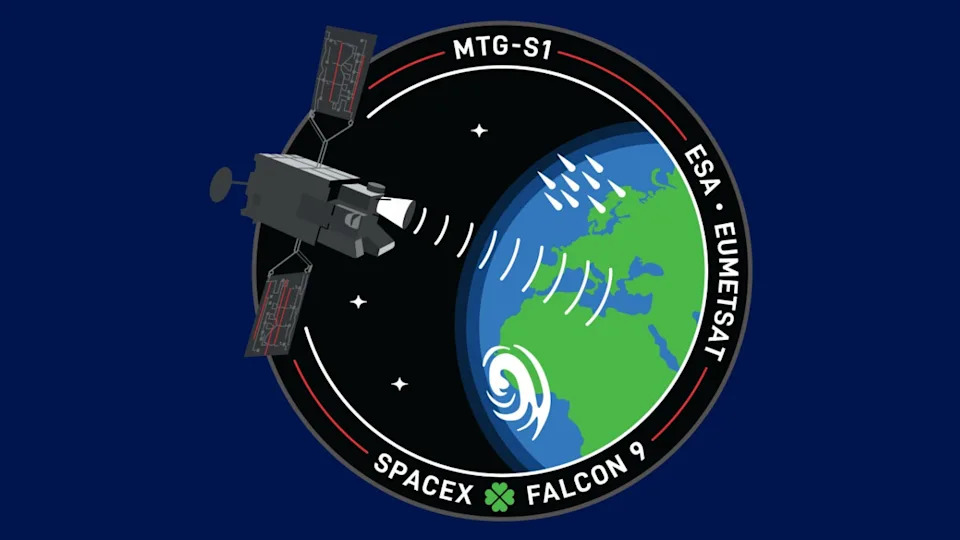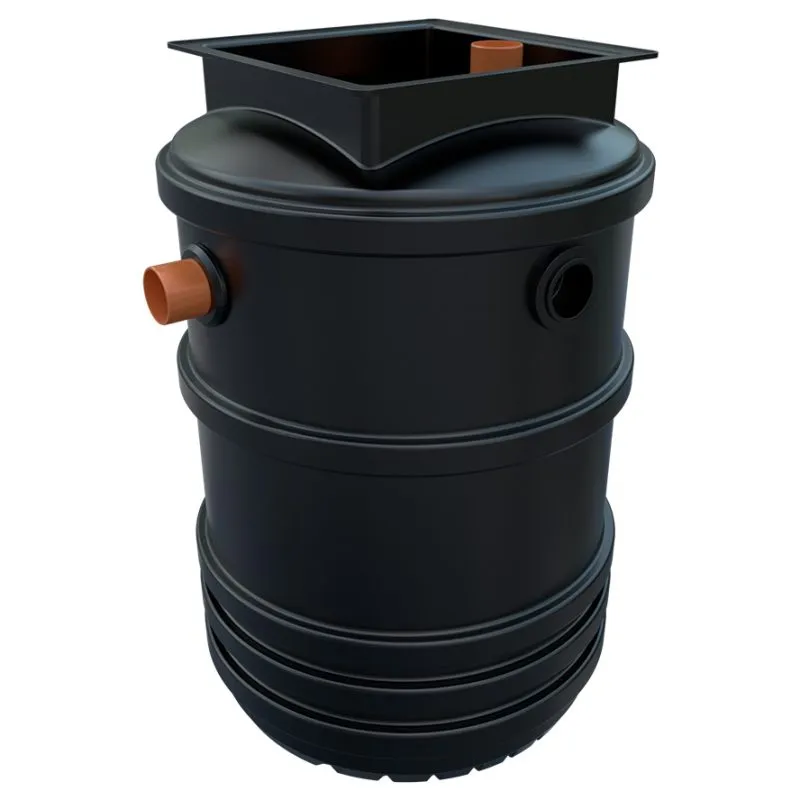The Brief
SpaceX launched the MTG-S1 mission Tuesday evening from Kennedy Space Center, carrying a European weather satellite into geostationary orbit.
The satellite, part of the Meteosat Third Generation program, will enhance weather forecasting and monitor air quality across Europe and northern Africa.
The mission is a joint effort between EUMETSAT and the European Space Agency, with the Falcon 9 booster targeting a landing on the 'Just Read the Instructions' droneship.
ORLANDO, Fla. - SpaceX launched a Falcon 9 rocket Tuesday evening carrying a European weather satellite into orbit.
When is the launch?
Liftoff was at 5:04 p.m. ET from Launch Complex 39A at the Kennedy Space Center.
Following stage separation, the Falcon 9 booster landed on the ‘Just Read the Instructions’ droneship in the Atlantic Ocean.
What is the MTG-S1 mission?
What we know
The Meteosat Third Generation Sounder mission, known as MTG-S1, is a European satellite project designed to enhance weather monitoring and air quality assessment across Europe and northern Africa.
As part of the larger Meteosat Third Generation (MTG) program, it carries the Sentinel-4 instrument, which is dedicated to tracking atmospheric pollution.

The satellite aims to improve forecasting of severe weather events and provide detailed data on air quality conditions. The satellite will be placed in geostationary orbit, roughly 36,000 km above the equator.
Who is collaborating on this mission?
The mission is a collaboration between the European Organisation for the Exploitation of Meteorological Satellites (EUMETSAT) and the European Space Agency (ESA).
SpaceX's Falcon 9 first stage booster supported the mission. This launch marked the ninth flight for the Falcon 9 first-stage booster, which previously supported Crew-9, RRT-1, Firefly Blue Ghost Mission 1, FRAM2, SXM-10, and three Starlink missions.
The Source
The information in this article comes from SpaceX, the Exploitation of Meteorological Satellites (EUMETSAT) and the European Space Agency (ESA).













